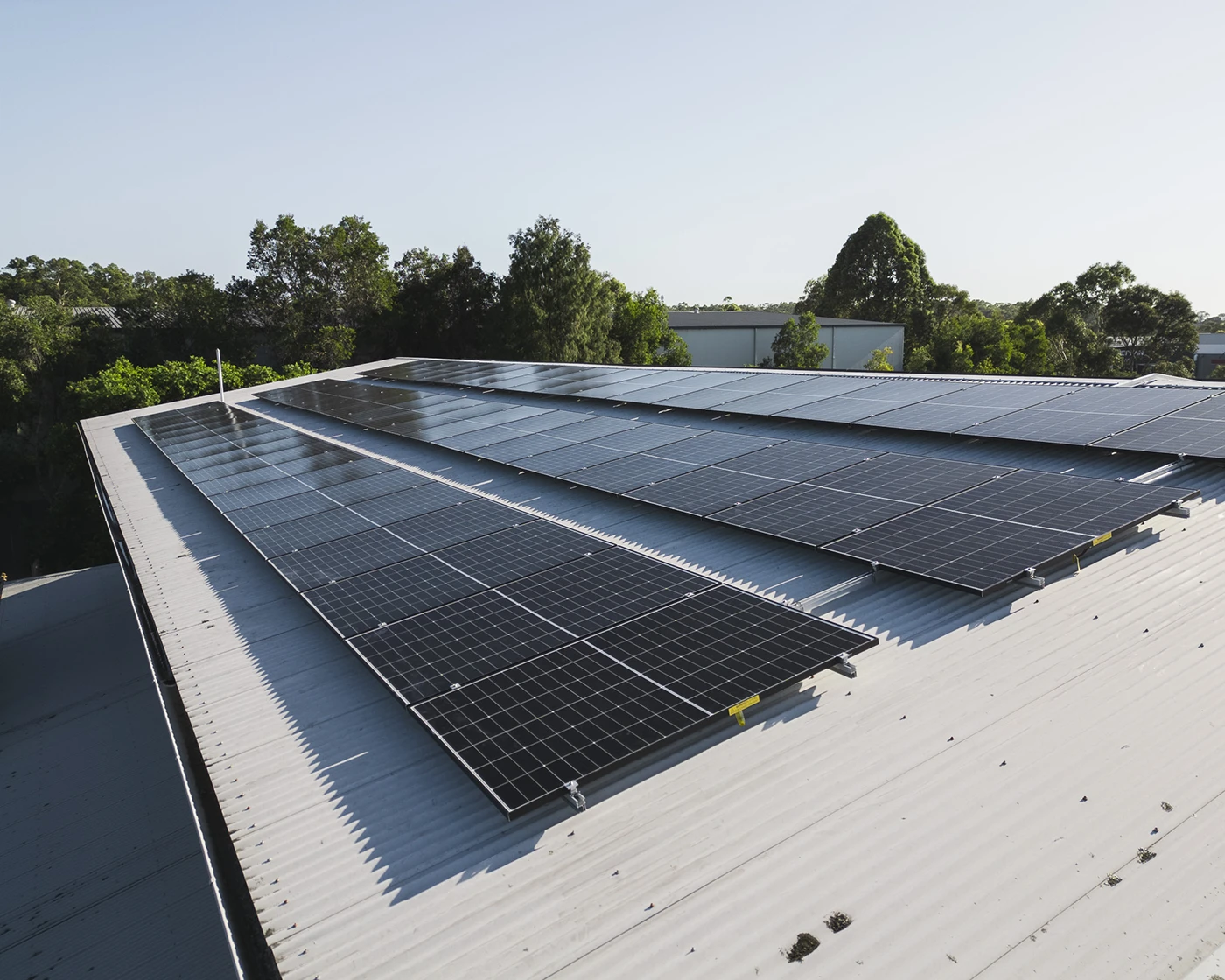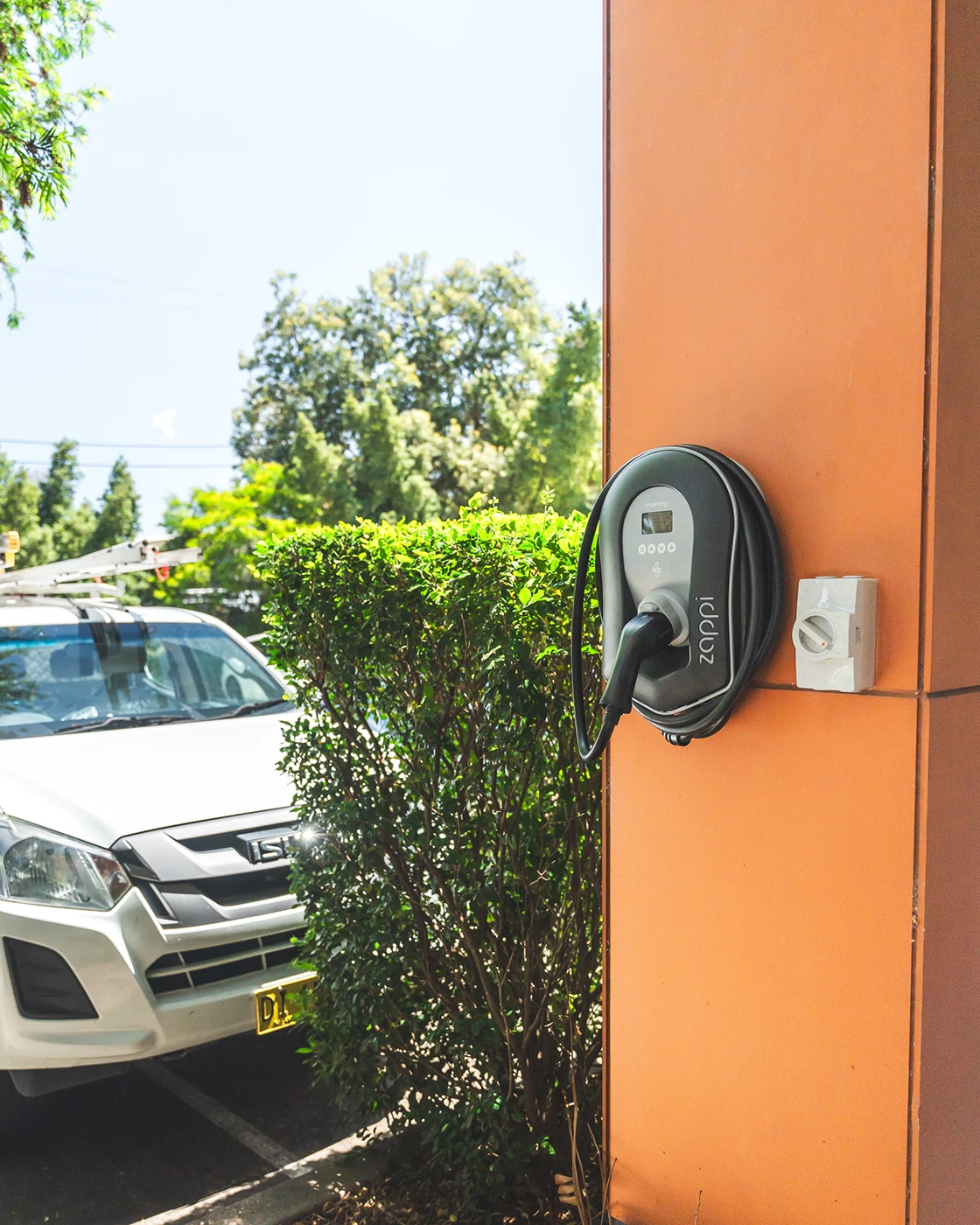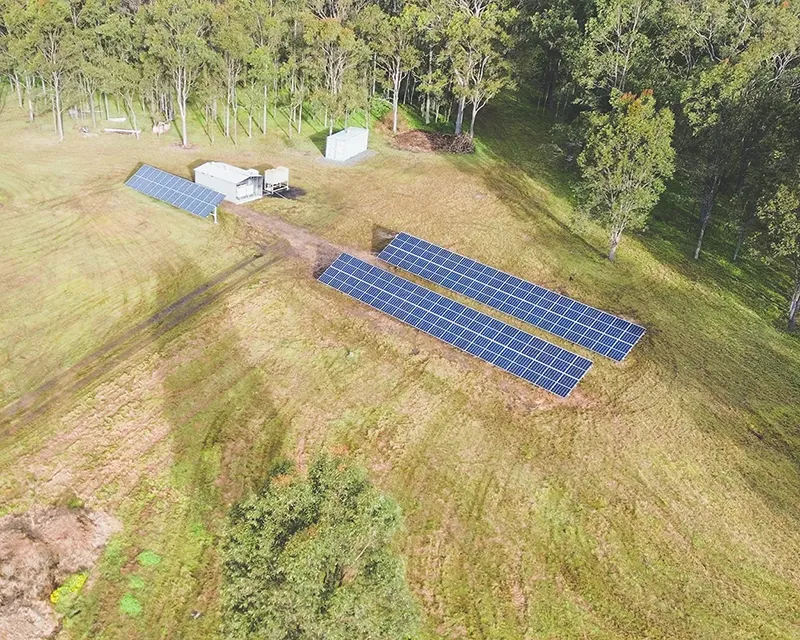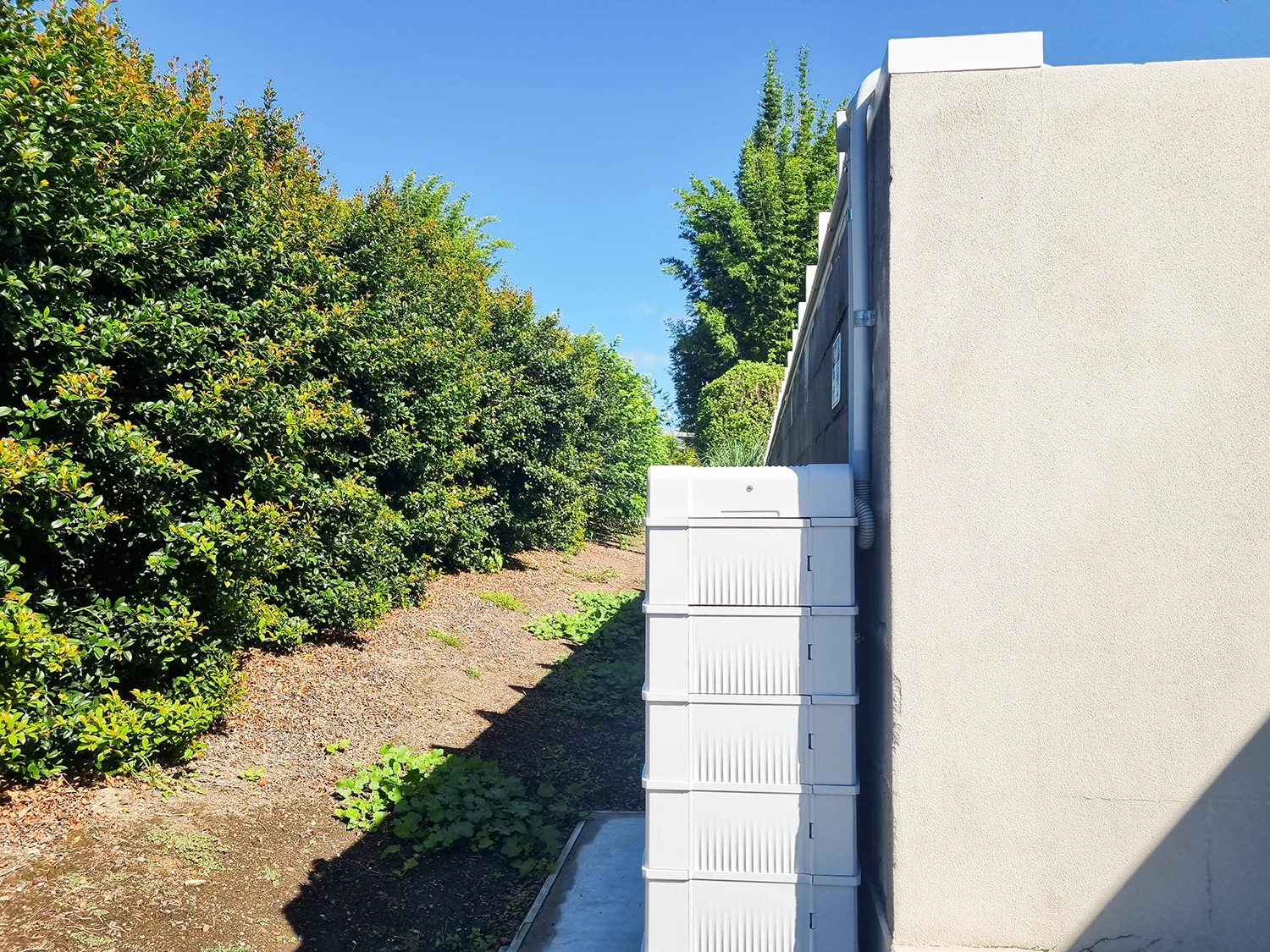Grid-Tied vs. Hybrid Inverters: Inverter Types Explained⚡Australia
Explore the difference between solar inverter types like grid-tied, hybrid, microinverters, and off-grid inverters for solar and battery systems in Australia.
Read more
Tesla Powerwall 3 Rebate Now Available - Combine with Federal Subsidy Today
Posted 7 Nov
With the recent shift to daylight savings time, it may be helpful for potential and existing solar owners to understand how daylight savings and seasonal changes affect solar systems and production throughout New South Wales.
Whilst often confused, solar production is generally the same whether it is daylight savings or standard time, due to the sunlight time only being shifted one hour and not one hour longer.
This means that solar daylight savings does not directly affect your solar production.
Instead, the only difference to your production is when the days get shorter, usually occurring around June during the Winter Solstice, which decreases the overall amount of solar production per day compared to summer.


The main difference of solar generation through daylight savings is the time periods that we consume energy.
Because the daylight times are shifted further into the evening, solar can offset a large portion of energy consumption activities during the evenings like cooking dinner, which would usually be reliant on grid energy during standard time.
By using solar energy whilst the sun is out instead of peak grid electricity during evenings, it allows homes to cook dinner with renewable energy. Unlike daylight savings, the sun goes down relatively quickly in the evenings, forcing properties without battery storage to use grid electricity at night which drives energy costs up. We’ll touch more on battery storage later.
Daylight Savings started as a way to get more daylight hours in the evenings during spring and summer. The Australian states that participate in daylight savings are NSW, Victoria, South Australia, Tasmania, and ACT.
The Daylight Savings period starts on the first Sunday of October setting the clock forward one hour and ends on the first Sunday in April at 3am setting the clock back to standard time.
Setting clocks forward allows for increased daylight times throughout the evenings and less in the morning, but does this affect energy consumption? How does it affect solar?

Courtesy of Tiff NG on Pexels.
If you weren't aware already, sunlight hours change throughout the year. Australia’s daytime duration varies depending on the occurring season, and this is what mostly affects overall solar production more than daylight savings times. (Obviously, the panel conditions are another contributing factor to efficiency and production, but we’re mainly focused on seasonal changes and daylight savings.)
Solar generation around summer vs. winter is much different, not just due to the difference in sun angles, but also the duration of daylight hours. Here is a chart that shows the amount of daylight hours during the year with times for sunrise and sunsets throughout Australia.

Image courtesy of timeanddate.com
In December-January, you can see that total daylight hours lasts from around 5:50am to 8pm, and July around 7am-5pm. So, whilst daylight
savings does shift the timing by one hour, the amount of daylight actually increases as you hit the end/start of the year
with brighter mornings and evenings.
From the time of writing this article, New South Wales is heading into the optimal months for peak solar production going from Spring into Summer. Over the course of November to February, solar production times peak with the days being longer and the sun more intense making Summer better for solar generation.
As the year passes, there are other seasonal factors that affect solar production throughout Newcastle and the Hunter, NSW.
During spring and summer, daylight hours are generally longer, and the sun shines higher in the sky (around 78°) with increased intensity. Comparatively, Autumn and Winter typically get a lower angle of around 31° which results in less sunlight exposure and generation.
This page can give you a better understanding of the sun’s path during the year. (Latitude: 32.9283° S, Longitude: 151.7817° E, and you can use the month slider to see the differences). Note that this data is from 2014, but it should give you an idea.
In NSW, north-facing solar arrays are typically the best direction for maximum solar production. You’ll see some roofs across Newcastle with solar strings on different faces on the roof where they may point east for example. Due to the angle of the sun, summer is much more optimal for reaching all faces efficiently.


Image courtesy of sun-direction.com
We explain how to maximise your solar in this article, however, here are a few tips that could help you take advantage of daylight savings hours:
During daylight savings, you have access to continued solar electricity up until around dinner time for most people. By bringing forward cooking and other high-consumption activities to when the sun is still out, you can minimise your peak grid electricity usage which will help save on your energy bill.
Appliances like pool pumps and air conditioners can be scheduled to run during peak solar production to help remove reliance on grid energy. During daylight savings these times are more flexible in the evenings to give you more sustainable energy for later in the day.
If you’re worried about not having solar energy at night through peak demand periods, you can always have a look at getting solar battery storage. This allows you to store your excess solar energy for use when the sun is down, giving you the ability to use renewable energy 24/7 which also acts as a backup electricity source for grid outages.
Yes, ultraviolet (UV) levels can affect solar generation, but not in the way you’d expect.
Generally, solar panels aren’t directly affected by changes in UV light as it is different to visible and infrared light. Panels like monocrystalline panels are designed to harness that visible and infrared light and is less sensitive to UV light.
However, when panels are exposed to long durations of UV light, the panels can heat up a lot which negatively impacts the panels’ efficiency. The UV light is too energy-rich and can’t be converted into electricity, so it ends up as wasted energy which causes heat.
This heating over time can quicken degradation and decrease the lifetime of older panels and systems. More modern panels are not only more efficient but adopt new UV protective coating which greatly reduces this deterioration.
With the heat in summer periods, the UV levels are also high, which would also indicate a difference in performance between the seasons with Autumn and Spring having moderate levels of UV.
 Image
courtesy of
bom.gov.au
Image
courtesy of
bom.gov.au
Overall, no matter your system specifications or setup, your production will always vary throughout the year with different elements determining the output of your system.
Most solar systems average out to expected performance through the year with its highs and lows, but now you know how each season can affect your production.
Explore the difference between solar inverter types like grid-tied, hybrid, microinverters, and off-grid inverters for solar and battery systems in Australia.
Explore Australia's first CEC-approved bidirectional and vehicle-to-grid capable electric vehicle, the V2Grid Numbat, a 6.2kW V2G/H charger now ready.
Explore how battery nominal & useable energy capacity is different to power output, and learn about state of charge, depth of discharge, and cycles.
Renewable News Articles
Not only are we specialists in solar power, but we pride ourselves in being leading installers in battery
storage, as well as EV charging for homes and businesses. For solar and battery systems, we offer both on and off-grid solutions for a
range of applications.

Newcastle's leading solar installers, providing long-lasting residential and commercial rooftop solar systems.

Experts in both residential and commercial electric vehicle charging station installations from 7kW - 360kW+.

Specialists in off-grid solar and battery, helping properties never have to pay another electricity bill again.

With decades of electrical and industry experience, our fully-qualified & licensed electricians are here to help.

Maximise your solar generation with battery storage from reputable brands to accelerate return-on-investment.
Leave a Comment